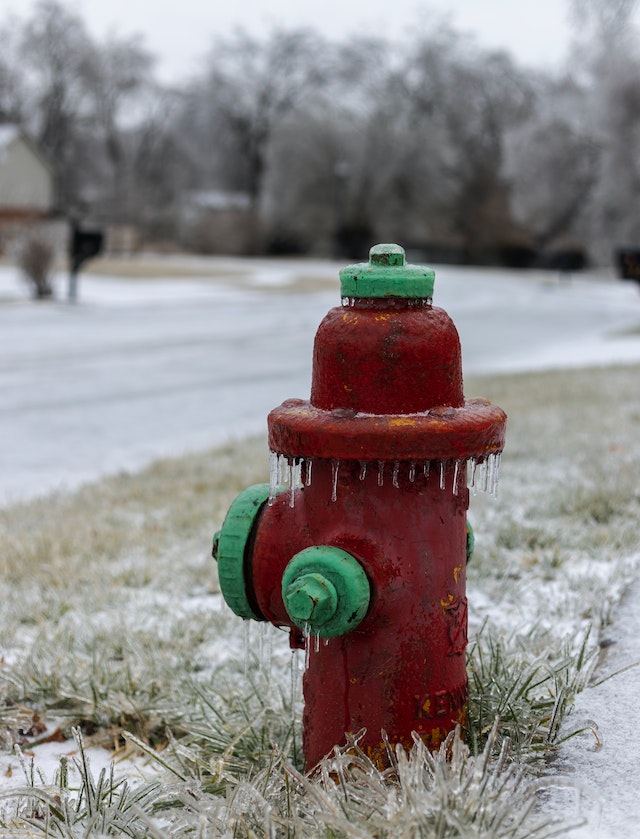Introduction
Your home’s plumbing system is a marvel of modern convenience, delivering clean water to your taps and efficiently carrying away waste. However, like any complex system, plumbing can encounter issues that demand quick attention. This is where the main water shut-off valve becomes crucial. Often overlooked, this unassuming valve serves as your first line of defense against plumbing emergencies, preventing potential disasters and safeguarding your property.
1. The Heart of the System: What is a Main Water Shut-Off Valve?
The main water shut-off valve, also known as the main valve or the main shut-off, is a vital component of your home’s plumbing system. Located where the main water supply enters your property, this valve allows you to control the flow of water to your entire home. In times of crisis, such as a burst pipe or a serious leak, the main shut-off valve becomes your lifeline to preventing extensive water damage.
2. Functionality: How Does It Work?
The main water shut-off valve functions as a gatekeeper, regulating the flow of water from the municipal supply line into your home. When the valve is open, water flows freely through your plumbing system. However, in the event of a plumbing emergency or the need for maintenance, closing the valve stops the flow of water, effectively cutting off the supply to your entire house.
3. The Importance of Quick Action: Plumbing Emergencies
Plumbing emergencies can strike at any time, often catching homeowners off guard. A burst pipe, a malfunctioning appliance, or a major leak can cause significant damage if not addressed promptly. In these situations, knowing the location of your main water shut-off valve and how to operate it can make all the difference. By swiftly turning off the valve, you can minimize water damage and reduce the risk of mold growth, structural damage, and costly repairs.
4. Locating the Valve: Where to Look
Locating your main water shut-off valve is a proactive step every homeowner should take. The valve is typically found at the point where the main water line enters your property. Common locations include basements, crawl spaces, utility closets, or near the water heater. It’s essential to ensure that the valve is easily accessible and not obstructed by clutter.
5. Maintenance and Accessibility
Regular maintenance of your main water shut-off valve is essential to ensure its functionality. Over time, valves can become corroded or difficult to turn if not operated periodically. It’s advisable to test the valve’s operation at least once a year to ensure that it’s in working order. Additionally, ensure that the area around the valve remains clear and accessible so that you can act quickly in an emergency.
6. DIY vs. Professional Assistance
While operating the main water shut-off valve is a task that homeowners can usually handle, some situations may require professional assistance. If you’re unsure about the location of your valve, its operation, or encounter difficulties while turning it off, it’s wise to contact a licensed plumber. Professionals can provide guidance and address any underlying plumbing issues.
